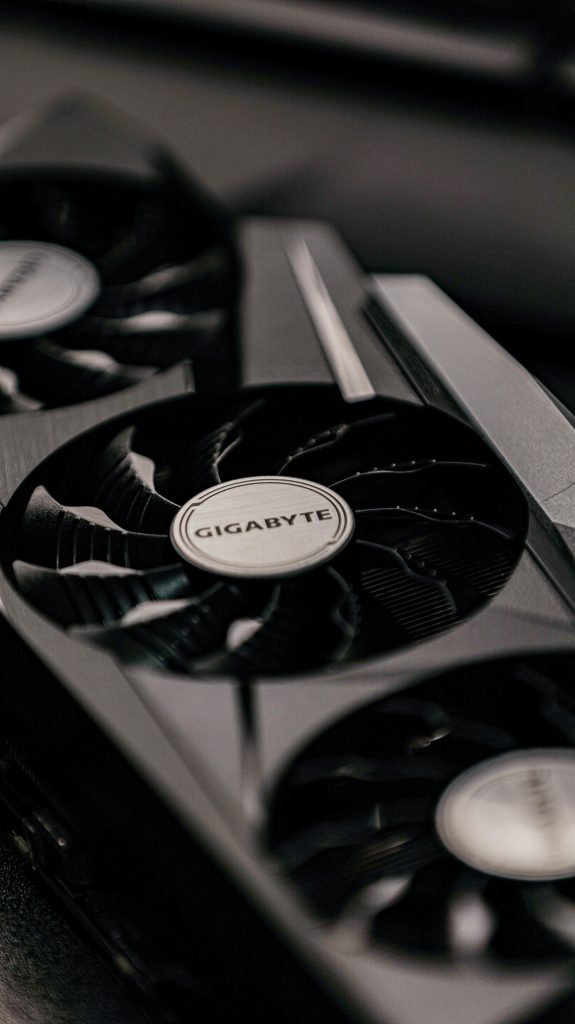Title: The Importance of Regular Server Maintenance: A Cautionary Tale
Today, I encountered a challenging situation that underscores the critical need for proactive server maintenance and regular backups. One of our clients faced a catastrophic server failure, resulting in the loss of vital information that had been at risk for the past three years—a scenario we had been warning them about repeatedly.
The server in question experienced dual hard drive failures after years of neglect. The LEDs indicating operational status were so dim that I initially thought they had ceased functioning entirely. Unfortunately, the HDD error light indicated a serious underlying issue.
In an attempt to recover the data, I proceeded with reconstructing the RAID 10 array. However, the remaining drive showed severe degradation, making successful recovery impossible. The last backup available was conducted just two days prior, but given the condition of the server, we’re concerned that the backup may also be corrupted.
This server was running Windows Server 2008, which means we’ll need to set up a new Active Directory and migrate all client computers to the new system, incurring significant labor costs for the customer.
This situation raises a crucial question: was it worth pushing the server to operate three times beyond its average lifespan, only to lose weeks of productivity while waiting for a new server to be prepared and installed? In hindsight, it’s clear that investing in a reliable and regularly maintained server would have saved both time and money in the long run.
The moral of this story is straightforward: don’t cut corners when it comes to your business’s core technology. Regular maintenance and timely upgrades are essential to avoid devastating failures and service interruptions.
On a lighter note, I must mention that this was by far the dirtiest server I’ve ever encountered—one has to wonder if someone had been smoking in the server room!
In conclusion, regular upkeep and adherence to recommended upgrade schedules are not merely suggestions; they are essential practices that can safeguard your business against unnecessary loss and frustration.
Share this content:



